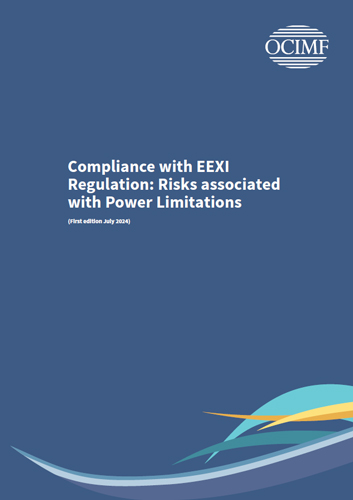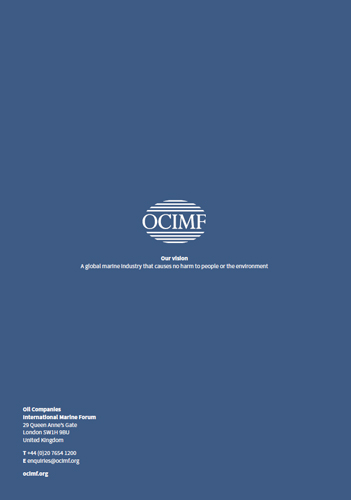Сб с 10 до 16
Compliance with EEXI Regulation: Risks associated with Power Limitations
Книга на английском языке
The IMO’S greenhouse gas (GHG) levels of ambition are designed to meet specific targets that support the global efforts against climate change and are subject to ongoing reviews. The latest IMO strategy update concluded at MEPC 80 in July 2023.
A range of short-term measures has already come into force and these focus on improving energy efficiency. Short-term measures include the application of technical-efficiency measures for existing ships. This regulation is commonly known as the Energy Efficiency Existing Ship Index (EEXl). Mid-term measures remain under discussion at IMO and, once selected, are expected to come into force in 2027.
When existing designs do not meet the EEXl criteria set by the IMO, shipowners may wish to explore the option of applying an Overridable Power Limit (OPL) to the maximum continuous rating output of the ship’s propulsor. This could prove a simple and cost-effective way to meet EEXl regulations. The IMO Marine Environment Protection Committee (MEPC) in its 76th session distinguished between two different OPL methods: Engine Power Limitation (EPL) and Shaft Power Limitation (SHaPoLi).
The purpose of this publication is to provide best practice guidance for managing the risks associated with the implementation and operation of OPL, based on identified gaps in the newly introduced EEXl regulation.
Contents
Glossary
Abbreviations
Bibliography
1 Purpose and scope
2 Regulatory background
2.1 EEXI Regulation
2.2 Minimum Propulsion Power
2.3 OPL guidelines
2.4 Releasing the OPL
2.5 Onboard Management Manual
2.6 Survey and certification
3 Risk mapping overview
3.1 Introduction
3.2 Risk assessment result
3.3 Document structure overview
4 Identified barriers and controls
4.1 Design
4.1.1 Ship designed with sufficient power and torque (non-Overridable Power Reserve). Engine operation in heavy running/overload
4.1.2 Overridable limitations
4.1.3 System designed for ease of operation
4.1.4 Ship's optimum operating condition
4.1.5 Engines designed to meet MARPOL emission limits
4.2 Installation and commissioning
4.2.1 Installation by OEM authorised technicians
4.2.2 Key verification activities by Recognised Organisation
4.3 Operation
4.3.1 An effective well executed passage plan
4.3.2 Defined authority for OICNW to be able to override or request an override
4.3.3 Operating procedures to remove and reactivate limitation
4.3.4 Crew monitoring the situation with the ability to respond to abnormal conditions
4.3.5 Safe navigation of ships in mandatory or recommended pilotage areas
4.3.6 Weather routing with OPL installations
4.3.7 The use of tugs where required
4.3.8 Updated manoeuvrability posters
4.3.9 Clear operating instructions
4.3.10 Crew ability to respond
4.3.11 Application of industry best practice, risk assessments, and company management system
4.4 Maintenance
4.4.1 OPL equipment considered critical equipment
4.5 Competency and training
4.5.1 Passage planning
4.5.2 Understanding ships’ capabilities and the potential impact of OPL on excessive ship motions
4.5.3 Crew competency
4.5.4 Crew drills
4.5.5 Clear understanding of regulatory requirements
4.6 Emergency response
4.6.1 Emergency response plan
Appendix: Understanding the bow tie methodology




